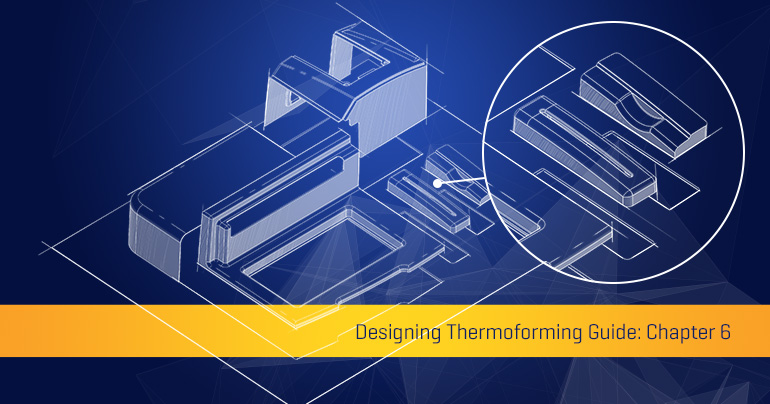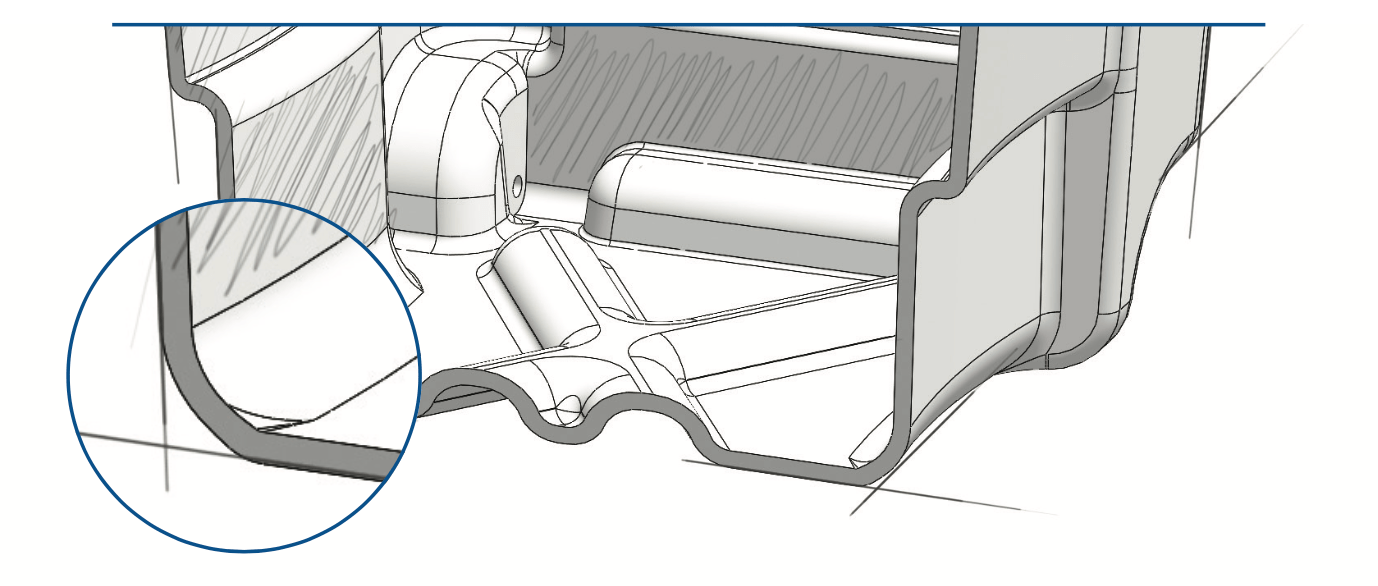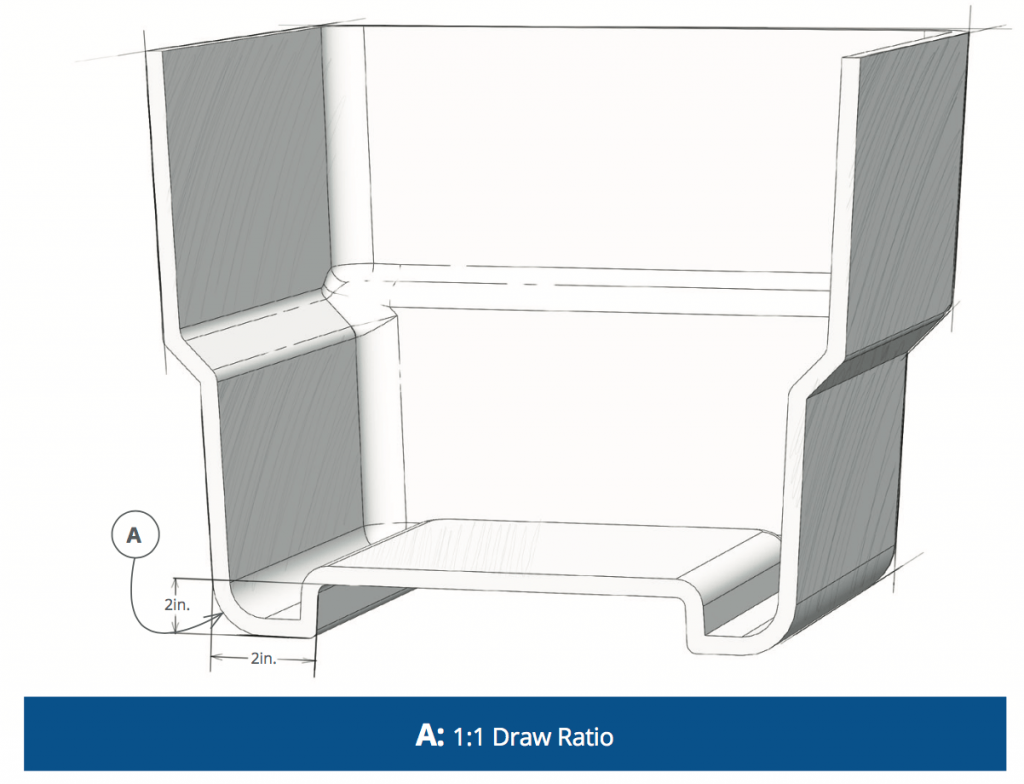This is the sixth post in our series from our Thermoforming Handbook, a guide that, until now, was only available to our customers and partners. We’re releasing the whole thing in a series of posts right here on our blog.
We’ve previously released:
- Chapter 1: An Overview of Thermoforming
- Chapter 2: Designing for Thermoforming
- Chapter 3: Tooling, The Foundation of Thermoforming
- Chapter 4: Thermoforming Materials Selection
- Chapter 5: Thermoforming Tolerances
If you’re someone who uses custom plastic manufacturing professionally and you’re interested in getting your own copy, just send us a message and we’ll be happy to send you one. As always, these are general guidelines. Any project or design needs to be reviewed by a qualified thermoforming professional before it goes into production, and the sooner you get one of those qualified professionals involved in the process, the smoother things tend to go. If you’re looking for a qualified professional, we know a few who would be happy to help.
Every part that comes out of a thermoforming machine must be trimmed. In 1949 when Ray Products was founded, this process was carried out with hand tools. Today, we use high-precision 6-axis trimming robots to carry out the process quickly, and cost-effectively.



